By: Joe Holz, Director of Sales | Originally Posted: Aug. 30, 2017 | Updated: March 15, 2022
____________________________________________________________________________________________
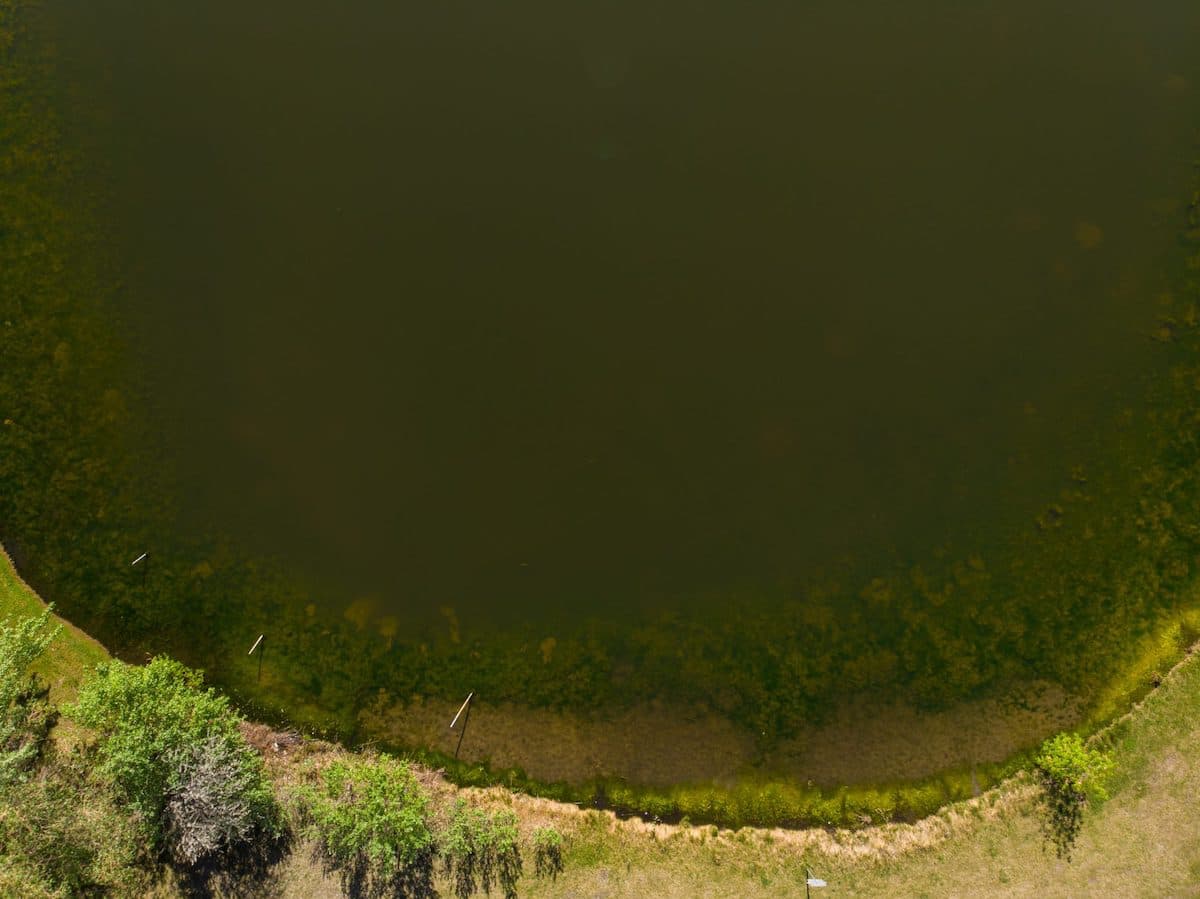
If you have a pond, you’ve probably noticed a greenish-black mucky layer on the pond bottom. As the pond ages, you’ll notice the layer getting thicker, covering the bottom until you can no longer see the dirt, rock, or sand that was once visible. You may also notice a foul, rotten egg type odor when the pond turns over in the spring and fall, or when swimming or other activities disturb the bottom. You’ve got a sludge problem. Why is this happening? And what can be done about it?
What is Pond Sludge?
Pond sludge is a buildup of organic materials that accumulate in your pond, mixed with inorganic material such as sand, clay, or silt. Organic material includes animal waste, leaves and grass, fertilizer, dead algae, grease and oil from run off, etc. As these organic materials settle, they begin the decomposition process. Decomposition requires oxygen, which is pulled from the water. Large accumulations of organic material can greatly reduce the amount of oxygen in your pond. This results in an anoxic layer of water as well as sludge on the pond bottom.

In the anoxic layer, decomposition cannot take place. The sludge layer will continue to grow as more organic materials collect in the pond. This layer also plays host to unwanted anaerobic bacteria that produce hydrogen sulfide. This is where the rotten egg smell comes from when the pond bottom gets stirred up
Sludge buildup is part of the natural process of any pond. If not treated, ponds will go from healthy and clean to stagnant and eutrophic. It will slowly fill in and turn into wetlands, and eventually revert to grassland. When it comes to pond management, the goal is to maintain a healthy pond and prevent this cycle from occurring.
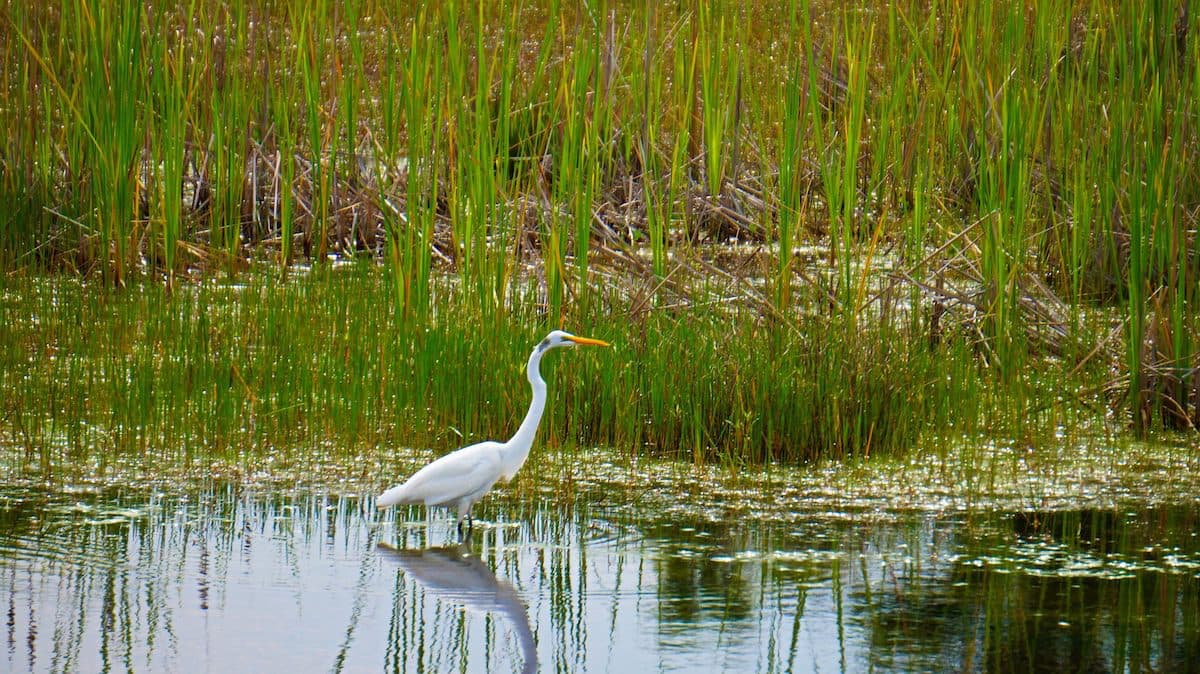
How to Manage Pond Sludge
FIRST LINE OF DEFENSE
To keep your pond healthy, sludge buildup must be managed by reducing the amount of organic material in your pond. Remove leaves and grass clippings as they enter the water. You’ll want to trim back and remove dead tree limbs or plants that are in and around your pond. Also, be sure not to over fertilize the land around your pond. The excess will runoff into the water. This can be a major contributor to unwanted algae blooms and sludge buildup.
AERATION
As mentioned previously, decomposition requires plenty of oxygen. Adding an aeration system will increase oxygen levels and speed up the decomposition process. Kasco’s RobustAire diffused aeration systems, Surface Aerators, and VFX Fountains are all options that can fill your pond’s needs.
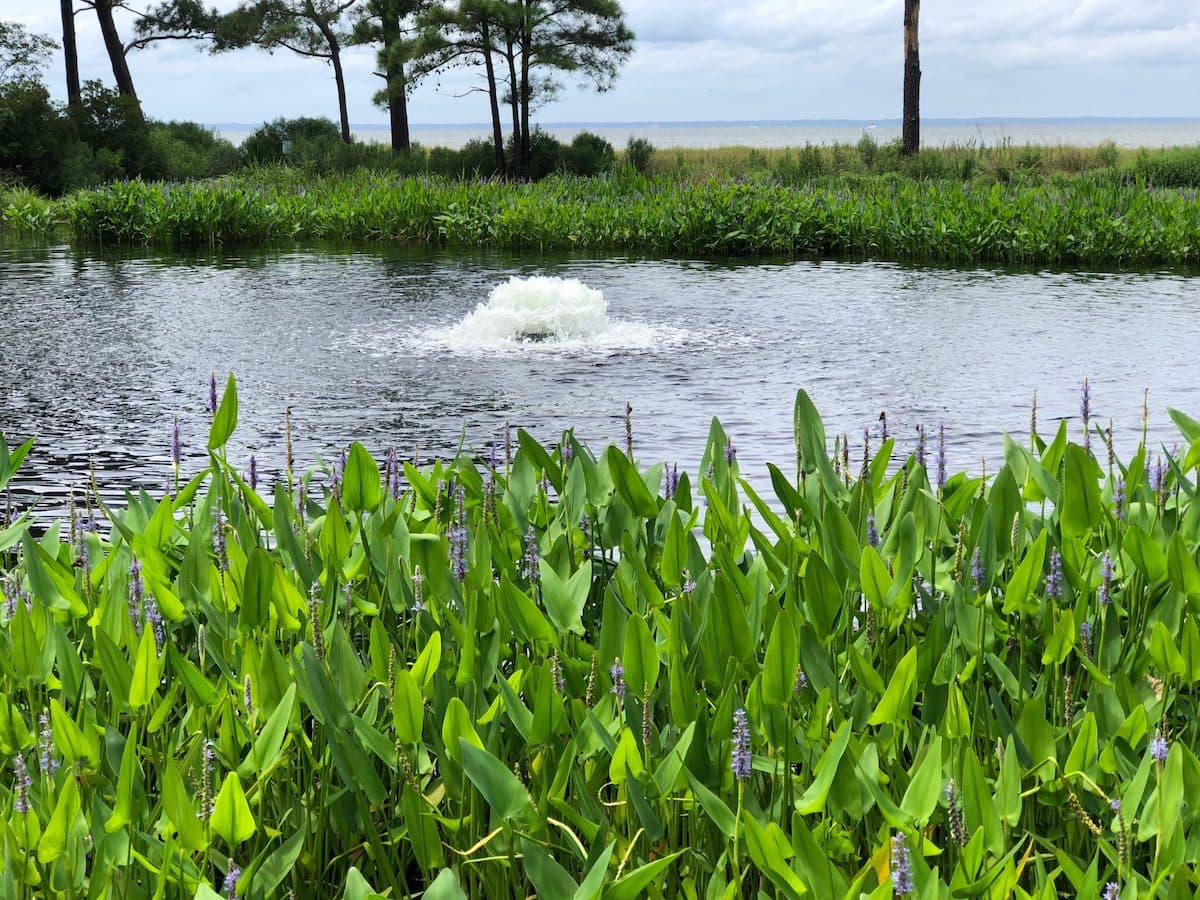
BACTERIA
Lastly, be sure your pond has plenty of good bacteria. Just like a human’s digestive system, a pond needs the right kinds of bacteria to help break down the organics in the system. Kasco’s Pond Probiotics are a mix of pond-loving facultative bacteria. It will consume the excess organics in your pond, reducing the sludge layer and rotten egg odor over time.
With the right tools and proper maintenance, you can keep your pond healthy and smelling great. For help in determining the best course of action for your pond, give Kasco a call, at 715-262-4488, or send us an email at support@kascomarine.com.
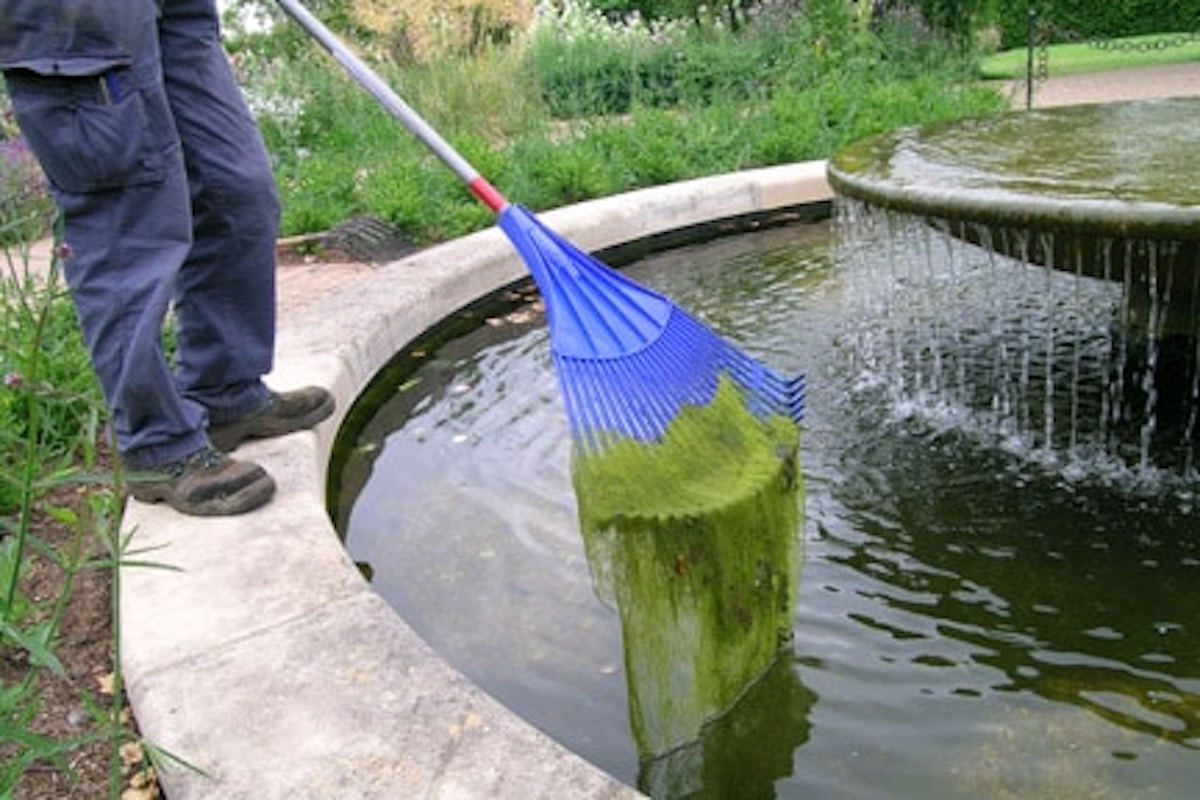 3 Most Common Types of Pond Algae
3 Most Common Types of Pond Algae
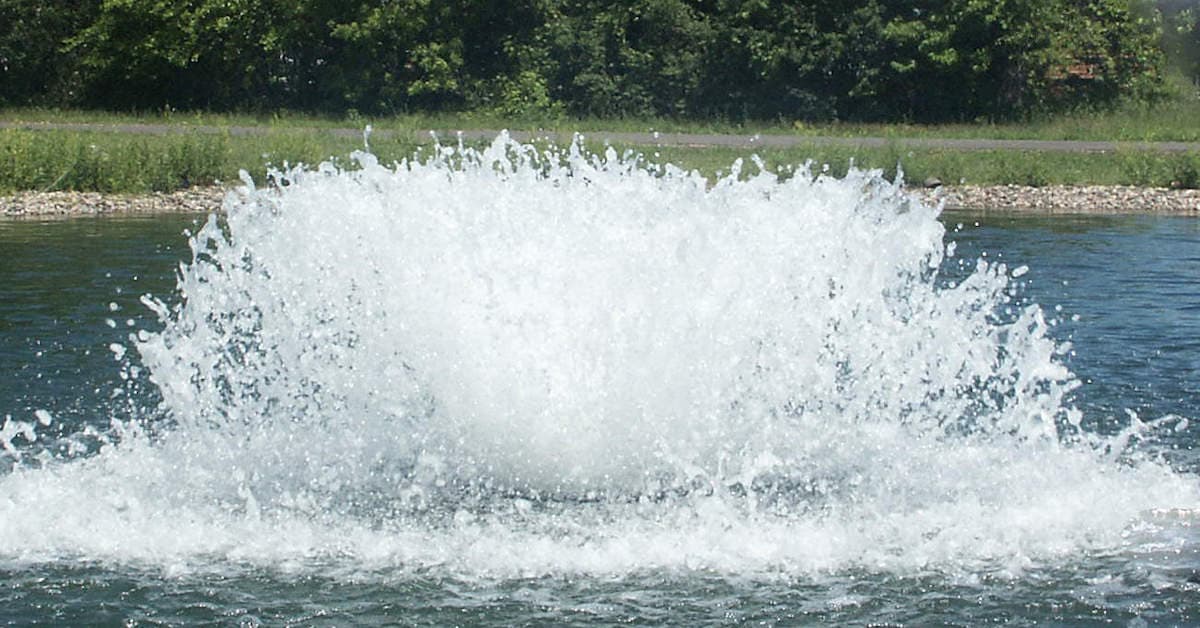 How Aeration Helps Aquatic Plant Problems
How Aeration Helps Aquatic Plant Problems
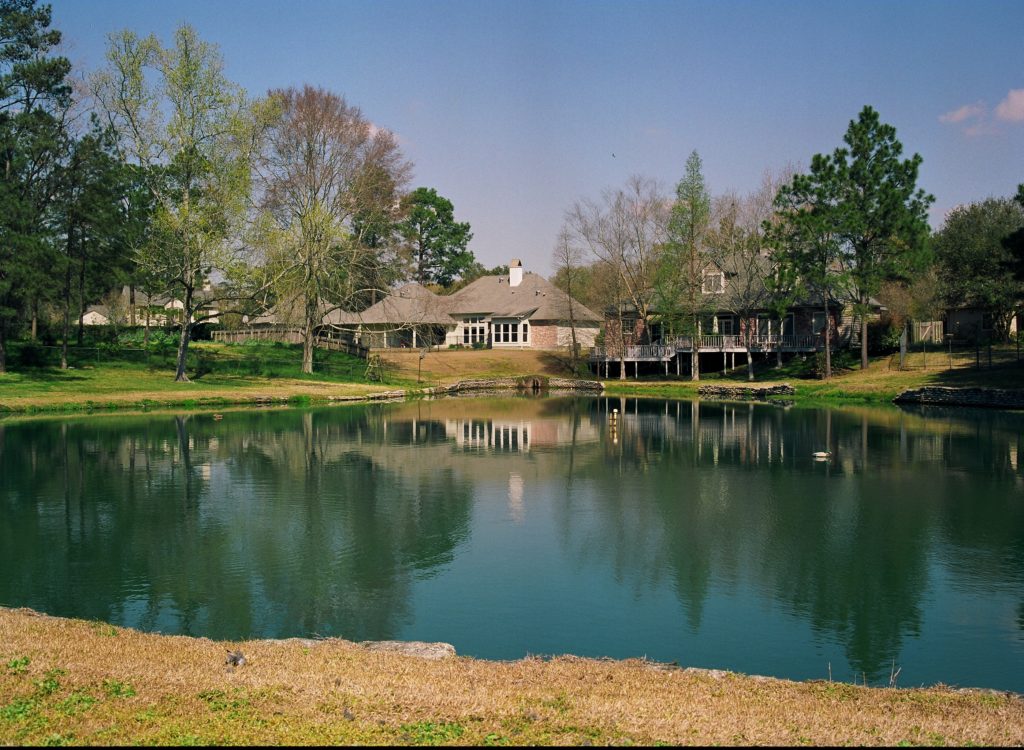 Find Your Pond Care System this Spring
Find Your Pond Care System this Spring